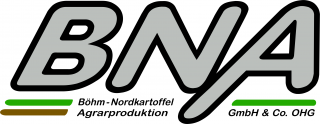Abstract
Potato (Solanum tuberosum L.) is the third most important food crop in the world. The tuber yield of potato is dependent on cultivar, cultivation and weed management practices. To reduce planting cost, whole seed tubers are cut into pieces and planted. Production of higher economic tuber yield (ETY) is the most important for any potato grower to get higher profit from the technology. Presently, cut tubers are planted by dropping randomly into the furrows without considering orientation of tuber sprouts, which leads to sprout loss and tuber yield reduction. A 2-year field study was conducted to optimise tuber sprout orientation and effective weed management practice. Planting of cut tubers by orienting tuber sprout at 270° (downward) gives lower plant emergence of 82.3 to 82.5% and took mean sprouting time of 20.3 days which was followed by (fb) 84.8 to 84.8% and 18.2 days in random drop treatments. This caused production of lower ETY. Planting of cut tubers by orienting the sprout at 90 ± 30° gives plant emergence of 95.3 to 95.3% and took mean emergence time of 18.5 days fb 93.6% and 18.7 days in 0 or 180° treatment. Higher ETY of 22.5 to 23.1 t/ha was obtained in whole tuber treatment fb 21.5 to 21.5 t/ha in 90 ± 30° and 20.0 to 20.2 t/ha in 0 or 180° treatment. However, the ETY in whole tuber, 90 ± 30° and 0 or 180° treatment was statistically at par during the study period. The metribuzin 0.75 kg a.i./ha @ 3 DAP fb earthing-up controlled the weeds effectively and gives higher ETY of 19.9 to 20.3 t/ha.













